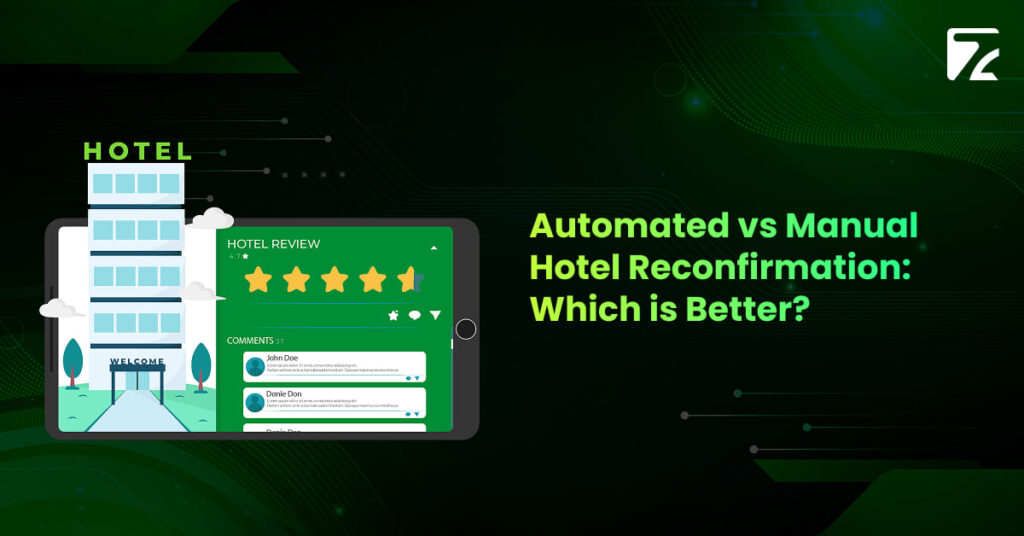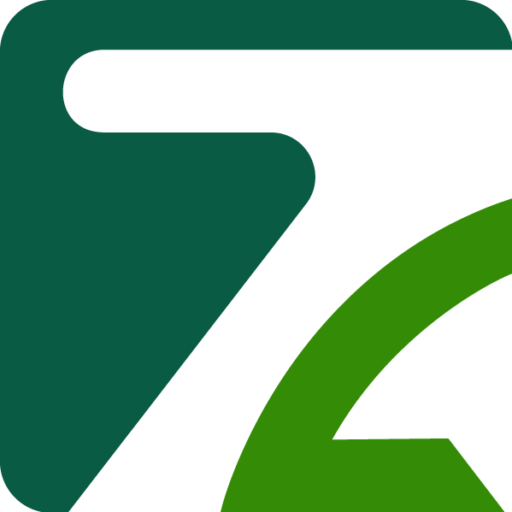Automated vs Manual Hotel Reconfirmation: Which is Better?

Automated vs Manual Hotel Reconfirmation: Which is Better? Reconfirmation of hotel booking is a major operating policy for travel agencies in 2025. With global cancellation rates reaching 40% on average due to booking errors or unmet expectations, the choice between automated and manual reconfirmation systems directly impacts client satisfaction, operational costs, and competitive positioning. With upwards of 80% of hospitality providers using technology to optimize processes worldwide, travel agencies have a choice of two strategic paths: evolve operations to be modern technology-led or maintain traditional relationship-based approaches. We use real-world data to investigate which of the two methods is better. Understanding Hotel Reconfirmation Reconfirmation is to confirm the reservation status of hotels to avoid problems upon guest arrival. The protocol consists of several pivotal aspects: Name, Date, and Room type Verification of guests Verifying special requests and preferences Checking payment status and policies Updating any itinerary changes Finding alternate places to stay when there are problems Manual verification methods have dominated the market for generations, with structured processes and connection points in place. Nevertheless, these conventional methods are being increasingly challenged by automated ones that are thought to offer better performance and scalability. Manual Reconfirmation: The Traditional Standard For manual reconfirmation you would have to have staff members contacting hotels by telephone or email to manually reconfirm each booking. According to industry data, the average confirmation call is 5-15 minutes; duration depends on complexity and hotel response time. Cost Analysis Manual reconfirmation generates an enormous operation cost for an agency that does 500 bookings each month: Staff time: $2,083 (10 minutes per patient × $25 per hour) Communication costs: $150 Training and supervision: $200 Error correction: $300 Total monthly cost: $2,733 Operational Challenges In the multi-channel booking environment, the manual process problem becomes more severe. Modern travel agencies are booking reservations from various channels such as hotel direct site, OTA sites, and GDS. Sync problems are compounded before hotels manually handle their inventory across these channels. The industry analysis indicated that there are potential inefficiencies in the manual OTA reconfirmation: Time per verification: 8-12 minutes Speed: 75% slower than automatic lines Booking loss rate: 12% as a result of slow replies Key Advantages Despite operational challenges, manual processes offer distinct benefits: Build Relationships: Having strictly humans to interact with allows you to form a personal relationship with the hotel staff which might mean preferential treatment, better room upgrades, and the ability to address problems better. Comprehensive Issue Resolution: The human touch enables agents to effectively handle complex situations, finding creative solutions to unique cases that automated solutions struggle with. Quality Control: Skilled agents spot nuances or things that might be red flags that a computer program just can’t catch, which will complete the verification cycle. Automated Reconfirmation: The Technology Solution Hotel employees are now able to interact with AI voice systems that automate reconfirmations using AI mimicking human voice. This marks a new possibility of streamlined operation-focused automation in business. Technology Implementation Today’s automated systems have some advanced capabilities: Voice to Voice AI interaction with prerecorded texts and phrases Integration of Travel Management System APIs Status notifications and real time reporting The generation of documents and audit trails automatically One example of these technologies being used is the launch of an AI service by Custom Travel Solutions. This software scrapes hotel information systems, places calls, puts them on hold, transfers calls without any human input, attends to prompts to extract confirmation codes during reservation conversations, and session logs for client retrieval. Cost Structure Automated systems present significantly lower operational costs: License of the platform: $400 Implementation expenses (amortized): $100 Technical aid: $50 Staff education (amortized): $25 Total of all combined costs gives a the following figure on a monthly basis:$ 575 This represents a saving per annum of $25,896 compared with a manual process for agencies meeting 500 monthly bookings. Performance Metrics Industry Data from Automated implementations demonstrates significant positive results: Accuracy: 85-95% for routine verifications The Speed of Processing:3-5x faster than manual operation Operating performance: 24 hours a day on all time zones Consistency of documentation: Streamlined procedures and audit trail Pre-Arrival Reconfirmation Benefits Pre-arrival communication with guests is one of the areas that automated systems protect a lot of revenue. Hospitality no-shows payments are now a staggering 7% of lost revenue. Pre-reminder systems allow guests to confirm with the option to cancel for enough time for the rooms to be resold. There is quite an efficiency difference: Manual Reach out: 5-10 minutes per guest (limited to business hours) Automation: 30 seconds per guest, perpetual 24/7 access Comprehensive Comparison: Manual vs Automated Reconfirmation By examining both approaches separately, the explicit comparison exposes the actual performance gap in major operational metrics. The following table provides a complete comparison of manual and automated hotel reconfirmation approaches: Metric Manual Reconfirmation Automated Reconfirmation Winner Average Processing Time 10 minutes per booking 3 minutes per booking Automated (70% faster) Daily Capacity (50 bookings) 8.3 hours required 2.5 hours required Automated (5.8 hours saved) Operating Hours Business hours only 24/7 capability Automated Error Rate 1–3% human errors <0.5% system errors Automated Cost (500 bookings/month) $2,733 $575 Automated (79% savings) Scalability Requires proportional staff Minimal cost increase Automated Relationship Building High personal connection Limited personal touch Manual Complex Problem Solving Creative human solutions Standard process only Manual Documentation Consistency Variable quality 100% standardized Automated Multi-language Support Depends on staff skills Built-in capabilities Automated Sources: Industry cost analysis and performance data from hospitality automation studies Industry Adoption Trends The Global trend toward automation is a strategic realization that technology makes things easier. The global shift toward automation reflects strategic recognition of technology’s operational advantages. The global hotel automation system market size expanded from $17.39 billion in 2023 to $18.52 billion in 2024, with a CAGR of 6.5%, and is expected to reach $23.9 billion by 2028. And this adoption trend is not just tech enthusiasm-this is savvy recognition that out of volume and complexity, automated systems, not manual processes, are where efficiency is going to come
